Hauling In California? That Rig Had Better Be Green

The California Air Resource Board (CARB) just passed a mandate that will require manufacturers of big rigs, heavy duty pickups, and some construction equipment to adhere to new zero-emission quotas and a carbon-credit system.
As all-electric 18-wheelers are in short supply, California wants to wait a few years to put the new rules into play. Still, it’s eager to get the ball rolling so it can start replacing diesel-driven transport with something from the battery-electric section. It also gives the state another opportunity to pat itself on the back despite not having any clue whether or not the strategy is economically sustainable. Even with battery technology moving at a fair clip, there’s a lot of engineering left to be done before these types of vehicles can become commonplace.
The energy grid needs to be bolstered to support higher loads as more EVs plug into it, requiring local storage centers and more facilities that produce power overall. Energy density is another serious issue that must be sorted out, otherwise the brunt of these vehicles’ payload will be sacrificed for gigantic battery packs. That’s to say nothing of waste management. Eventually, these colossal batteries will need to be disposed of in a way that doesn’t contaminate soil and water.
No matter, those particulars are of little concern when you’re living in the most futuristic state in the nation. “California is once again leading the nation in the fight to make our air cleaner,” Governor Gavin Newsom said in a statement following the vote.
According to Reuters, the mandate was passed unanimously by CARB and was hailed by all those voting on it “as a major step toward reducing climate-warming emissions and improving public health for low-income communities near busy highway corridors and ports.”
From Reuters:
Environmentalists say the mandate, which applies to medium-duty and large trucks, will put an estimated 300,000 zero-emission trucks on the road by 2035.
The proposed mandate is expected to start in the 2024 model year and initially require [5-9 percent] zero emission vehicles (ZEV) based on class, rising to [30-50 percent] by 2030. By 2045, all vehicles should be ZEVs “where feasible.”
The regulation would apply to pickup trucks weighing 8,500 pounds or more, but not to light-duty trucks, which are covered by separate zero emission regulations.
CARB plans a separate rule in early 2021 that will require large fleet owners to buy some ZEVs.
California has more electric vehicle startups than anywhere else in the nation, so it has probably the best chance of making something like this work. It’s also had historic smog problems in some areas, making its desire to eliminate diesel-powered vehicles a little easier to understand. That said, its leadership has clearly gone overboard with the recreational marijuana (speaking as someone who has been there, brah) because these targets look untenable — unless alien technology arrives within the next few years.
We might be able to hang in there on the HD pickup front if battery tech maintains good progress — especially since it seems that segment’s being cut a break, and mainstream manufacturers are already working on them — but the rest sounds fairly fantastical.
“For decades, while the automobile has grown cleaner and more efficient, the other half of our transportation system has barely moved the needle on clean air,” said CARB Chair Mary D. Nichols said in a statement. “Diesel vehicles are the workhorses of the economy, and we need them to be part of the solution to persistent pockets of dirty air in some of our most disadvantaged communities. Now is the time — the technology is here and so is the need for investment.”
The California Air Resources Board has an impressively long document outlining the new regulations from a public hearing in 2019 — if you’re interested. Most of the data focuses on the environmental impact of the changes and how to implement them. We’ve only given you the broadest brush stokes here, but there are inclusions for construction equipment and the obligatory carbon credit system green manufacturers can use to make money off those producing too many diesel-burners. It does offer some flexibility to all companies, however, by allowing them to focus on electrifying one segment and and having those credits carry over to another.
[Image: D-VISIONS/Shutterstock]

A staunch consumer advocate tracking industry trends and regulation. Before joining TTAC, Matt spent a decade working for marketing and research firms based in NYC. Clients included several of the world’s largest automakers, global tire brands, and aftermarket part suppliers. Dissatisfied with the corporate world and resentful of having to wear suits everyday, he pivoted to writing about cars. Since then, that man has become an ardent supporter of the right-to-repair movement, been interviewed on the auto industry by national radio broadcasts, driven more rental cars than anyone ever should, participated in amateur rallying events, and received the requisite minimum training as sanctioned by the SCCA. Handy with a wrench, Matt grew up surrounded by Detroit auto workers and managed to get a pizza delivery job before he was legally eligible. He later found himself driving box trucks through Manhattan, guaranteeing future sympathy for actual truckers. He continues to conduct research pertaining to the automotive sector as an independent contractor and has since moved back to his native Michigan, closer to where the cars are born. A contrarian, Matt claims to prefer understeer — stating that front and all-wheel drive vehicles cater best to his driving style.
More by Matt Posky
Latest Car Reviews
Read moreLatest Product Reviews
Read moreRecent Comments
- Corey Lewis It's not competitive against others in the class, as my review discussed. https://www.thetruthaboutcars.com/cars/chevrolet/rental-review-the-2023-chevrolet-malibu-last-domestic-midsize-standing-44502760
- Turbo Is Black Magic My wife had one of these back in 06, did a ton of work to it… supercharger, full exhaust, full suspension.. it was a blast to drive even though it was still hilariously slow. Great for drive in nights, open the hatch fold the seats flat and just relax.Also this thing is a great example of how far we have come in crash safety even since just 2005… go look at these old crash tests now and I cringe at what a modern electric tank would do to this thing.
- MaintenanceCosts Whenever the topic of the xB comes up…Me: "The style is fun. The combination of the box shape and the aggressive detailing is very JDM."Wife: "Those are ghetto."Me: "They're smaller than a Corolla outside and have the space of a RAV4 inside."Wife: "Those are ghetto."Me: "They're kind of fun to drive with a stick."Wife: "Those are ghetto."It's one of a few cars (including its fellow box, the Ford Flex) on which we will just never see eye to eye.
- Oberkanone The alternative is a more expensive SUV. Yes, it will be missed.
- Ajla I did like this one.




















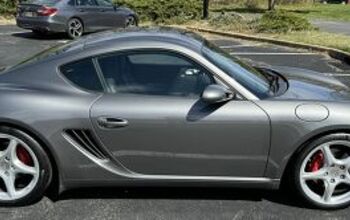
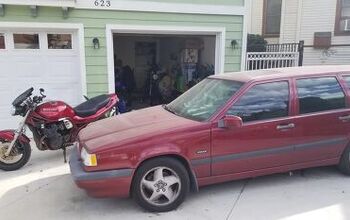
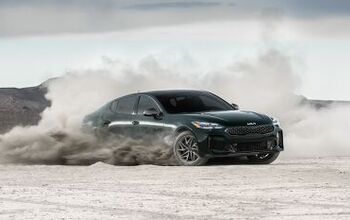
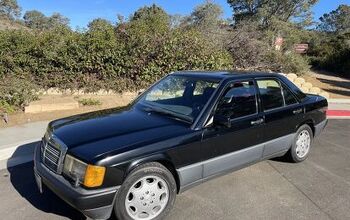
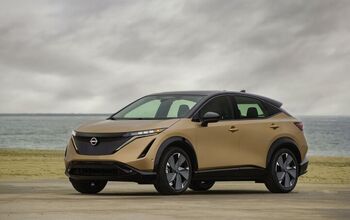
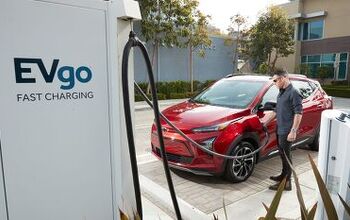
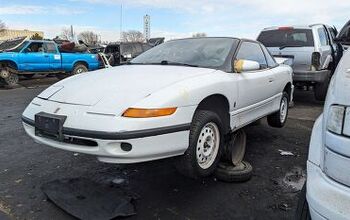
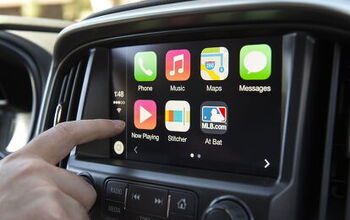
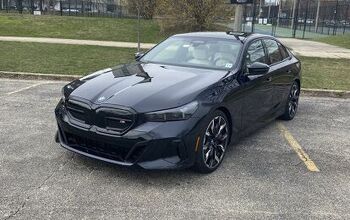
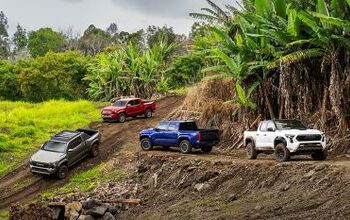
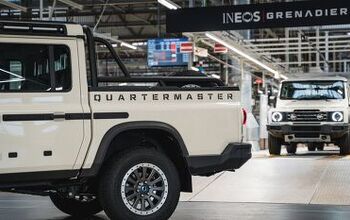
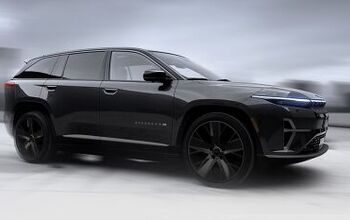
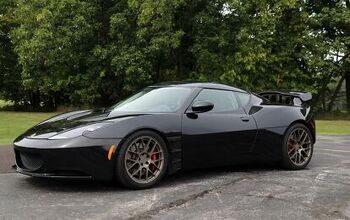
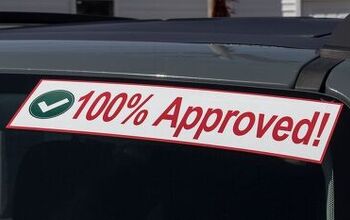
Comments
Join the conversation
This is so typical of modern government: Do something meaningless for public relations purposes; while failing to manage the important things. In CA's case, they pass regulations like this while doing nothing to stop wild fires--a much greater source of air pollution. I lived through this in the Bay Area two years ago when wild fires made the air unbreathable for millions of people for many days. This is because PG&E is not allowed to clear the underbrush from overhead power lines lest it endanger some sort of lizard or other weird creature no one's ever heard of. I've recently said goodbye to the Golden State, and am re-locating to the Free States of America, where COVID masks are optional and there's still some semblance of competent government.
Three questions: 1. How much of the nation's food supply is produced by Cali as a percentage? 2. Does Cali produce enough food to feed itself without major imports? 3. What happens to the rest of the country if Cali food is only sold locally?